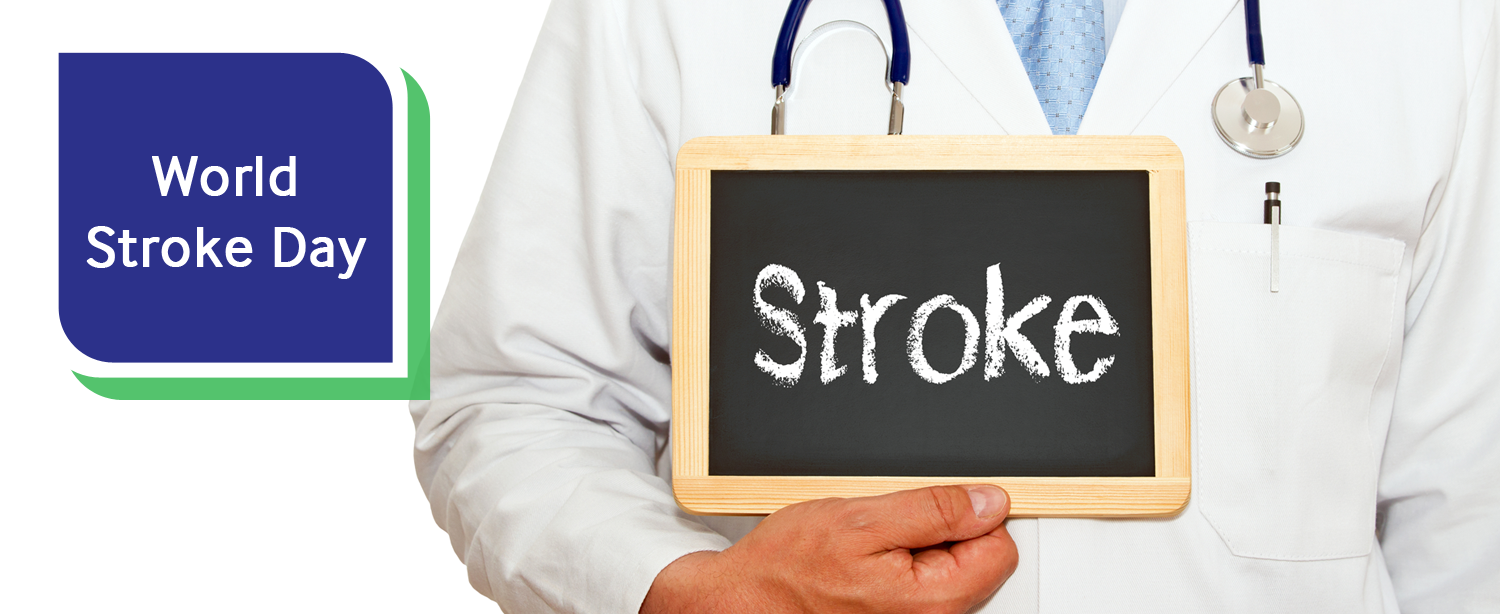A stroke is a brain attack which occurs when the blood supply to a part of the brain is cut off. Stroke’s are a leading cause of disability globally. Depending on which part of the brain is affected and how quickly the treatment is received, the effects of stroke can be devastating to a person’s body, mobility, speech and overall mental health. During a stroke, 1.9 million neurons are lost every minute, making the identification of warning signs essential to receiving timely treatment.
Types of stroke:
1. Ischemic stroke: This happens in about 87 percent of all stroke cases. It occur as a result of an obstruction within a blood vessel supplying blood to the brain. The underlying condition for this type of obstruction is the development of fatty deposits lining the vessel walls. This condition is called atherosclerosis.
2. Hemorrhagic stroke:
Hemorrhagic stroke accounts for about 13 percent of stroke cases. It results from a weakened vessel that ruptures and bleeds into the surrounding brain. The blood accumulates and compresses the surrounding brain tissue.
Strokes can strike anyone, anytime. Acting in the golden hour can help save a patient’s life. Strokes are the second leading cause of death, 17 million people suffer a stroke each year and 6.5 million die as a consequence. A stroke can happen at any age, it affects one in six people experiencing a stroke during his/her lifetime.
Although no one can predict when a stroke might happen, there are some common signs that may indicate someone is having a stroke. The FAST test is an easy way for everyone to remember and recognize the signs of stroke.
FAST stands for Face, Arms, Speech and Time to act:
Face –Check their face. Has their mouth drooped?
Arms – Can they lift both arms?
Speech – Is their speech slurred? Do they understand you?
Time – Is critical. If you notice any of these warning signs, act FAST. Call your local emergency medical services or get to the nearest hospital immediately.
Disorders after Stroke
The following disorders can occur in the aftermath of a stroke and they affect the majority of stroke patients:
Pain
Paralyzed shoulder muscles are not able to help tendons keep the upper end of the arm in the shoulder joint. As a result the arm drops from the joint which is very painful and can prevent rehabilitation of the hand and arm.
Depression
Depression after stroke, as after any severe illness, is very common, often goes without diagnosis, reduces the patient’s capacity for rehabilitation, and impairs his/her quality of life. Furthermore this affects not only stroke survivors but also their spouses or care takers.
Cognitive decline
Stroke can lead to cognitive decline, and it is even more common after a recurrent stroke. This is also the case after recurrent subclinical strokes which are often not diagnosed due to missing classical symptoms of stroke. Yet, they cause more and more damage and reduce the mental capacity of patients.
Spasticity
Brain injury from stroke sometimes causes paralyzed muscles to involuntarily contract (shorten or flex) after trying to move a limb. This creates stiffness and tightness. The contracted muscles often freeze the joints of the hand and arm permanently into an abnormal and often painful position.
How to reduce your risk of stroke
90% of strokes are linked to 10 avoidable risks, take care of these risk factors to avoid Stroke:
- Control high blood pressure
- Do moderate exercise 5 times a week
- Eat a healthy, balanced diet
- Reduce your cholesterol
- Maintain a healthy BMI or waist to hip ratio
- Stop smoking and avoid second-hand exposure
- Reduce alcohol intake
- Identify and treat atrial fibrillation
- Reduce your risk from diabetes, talk to your doctor
- Get educated about stroke
Meet our Stroke specialists at our Centre for Neurosciences for any Stroke concerns. Our comprehensive stroke program gets activated when any Stroke emergency calls are received. For more information visit:
https://www.kokilabenhospital.com/departments/centresofexcellence/centrefor_neurosciences/stroke.html


